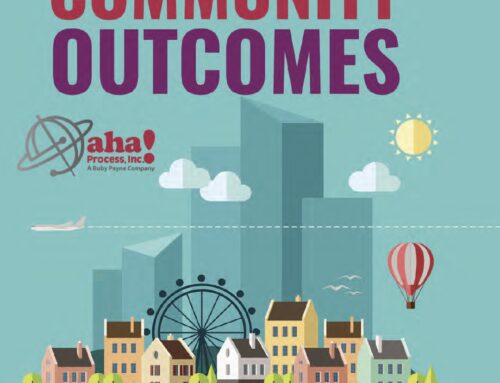I began teaching this school year as a career-changer. I didn’t have education training in college, but after talking with several experienced teachers, I decided to enroll in an alternative certification program and look for a teaching job. The segment of teachers like me has been rapidly increasing. A+ Texas Teachers, an alternative certification program, claims that more than half of first-year teachers in Texas now come from alternative certification programs. We rapidly receive theoretical training and enter the classroom with ample support to call in as needed, but I began with little practical knowledge of what to do.
I spent the first semester following what my mentor teacher was doing in her classroom, but I only now see the big picture of the school year and how things should fall into place for the students. One of the biggest shocks to me was the number of assignments actually turned in by students. Probably like most teachers, I was a conscientious student and would never consider not turning assignments in—whatever the reason. My expectations for my students are high, and I have never given up on the idea that they will turn in all assignments when they are due, so that wasn’t the problem. Even when I gave time in class to complete an assignment and then took it up in class, there would still be a handful of students not turning anything in.
At the end of the first six weeks of school, my department assigned a major project. I was concerned because it was due on the last day of the six weeks, and there would be no opportunity for students to make it up. It seemed that this was the way it was done, so I did it too, and if the students wouldn’t turn it in on time, then they would have earned their zero and there was nothing I could do. The project was assigned on a Monday, it was discussed throughout the week, and when the Friday it was due rolled around, just half of my students turned something in!
I was in shock. I was very familiar with the work of aha! Process, but honestly, in the chaos of managing my first year of teaching, I was just surviving each day and not thinking about the bigger picture. I had to stop and assess what I was doing and what I could be doing to give my students the tools they needed to be more successful. If I start with the assumption that any given student doesn’t want to fail, then there was some key missing.
During this time I pulled out my Ruby Payne information, refreshing myself on some strategies and looking over new ones. Planning backward caught my eye. When I had my first real job out of college at aha! Process, I was consistently late to work in the morning. I was a high achiever and bright person, but tardiness was causing problems for me. One day I saw the planning backward strategy in the materials, and I sat there and worked it out for myself, thinking of each step in my morning. I realized that I needed to leave for work 15 minutes earlier than I had been leaving every morning! This is completely obvious, and I even realized it at the time and never confessed this to anyone, but my brain did not automatically sense the passage of time the way some others do. Doing this exercise made me realize what I had to do, and my problem was solved.
Remembering the small success I had had with planning backward, I realized I could teach this, and the next time there was an assignment that had to be completed over time, my students would understand what they needed to do. In the second six weeks, another project was assigned that the students were given a week to work on. I drew the planning backward chart on the board and had every student copy it down. I started at the end with the day the assignment would be due and asked the students what they would need to do to have it ready to turn in that day in class. We brainstormed what they would have to do the night before and each day before that. I guided them through crossing out days on which they had games or other activities and would not be able to work on the project. As we began, there was some confusion, some laughter, and some comments from students who felt they didn’t need this. I saw some lights come on, though, and I saw students really focusing and filling in the chart.
I made the chart a required part of the project and had quite a few successful ones turned in. This time only about one third didn’t turn a project in. At first I wasn’t sure if this was success, but I know that for some of them it was. There are so many resources that I consider standard that are missing from some of their lives. Planning backward is one step, one idea that moves them closer to being able to plan and control their own lives. It is exciting to think what else I can directly teach in this new semester to provide more tools to give them the opportunity to choose success.
-Claire Pentecost








